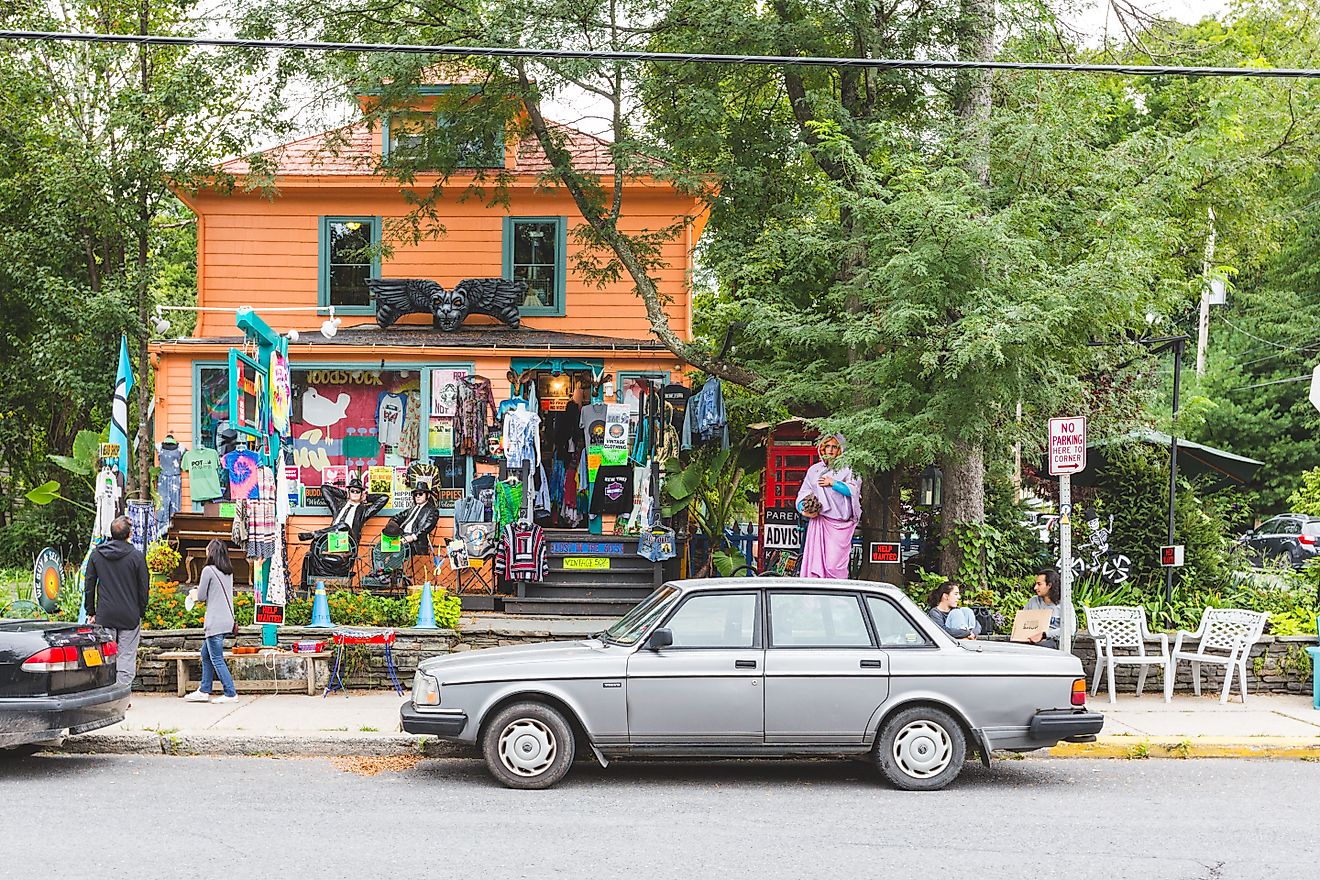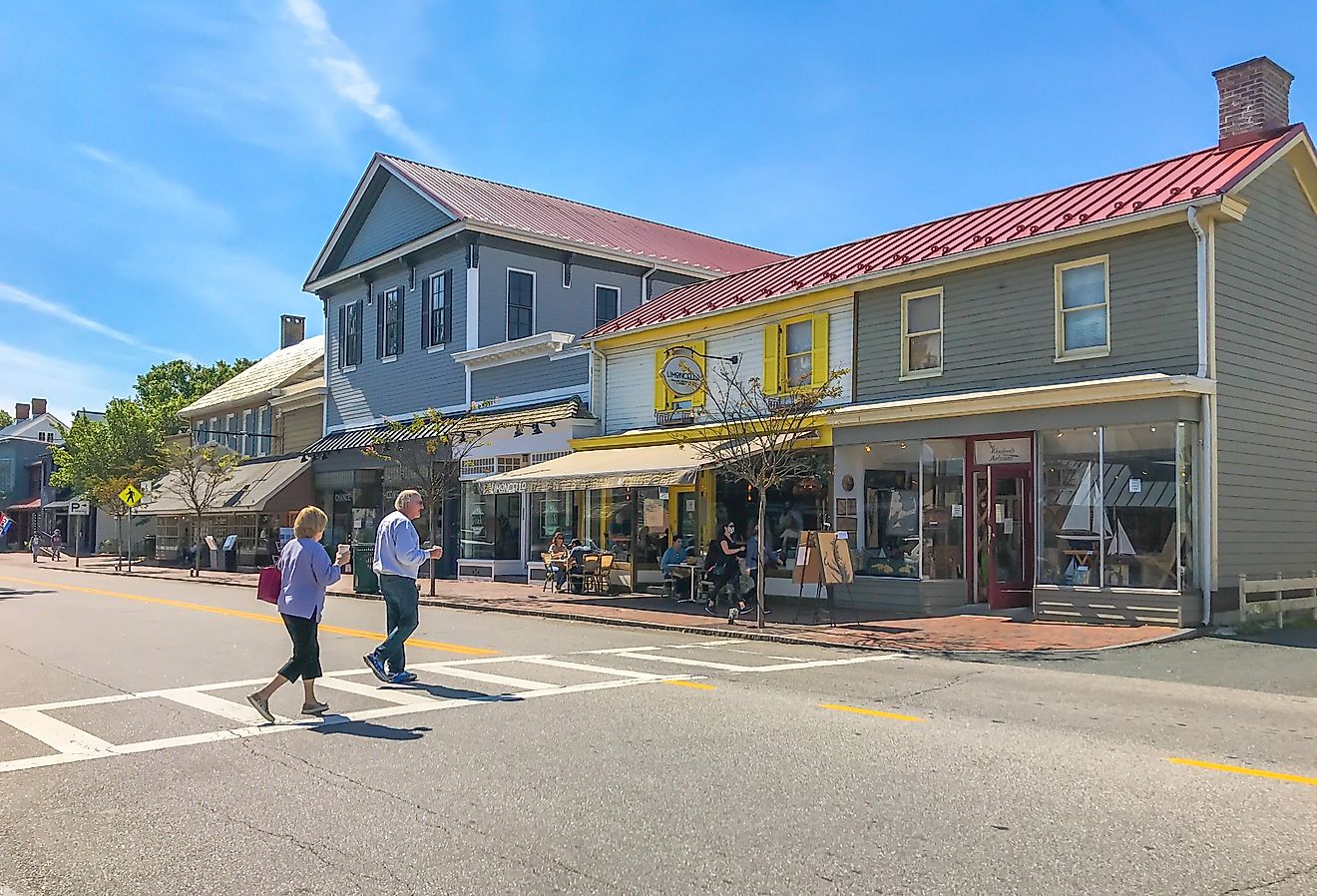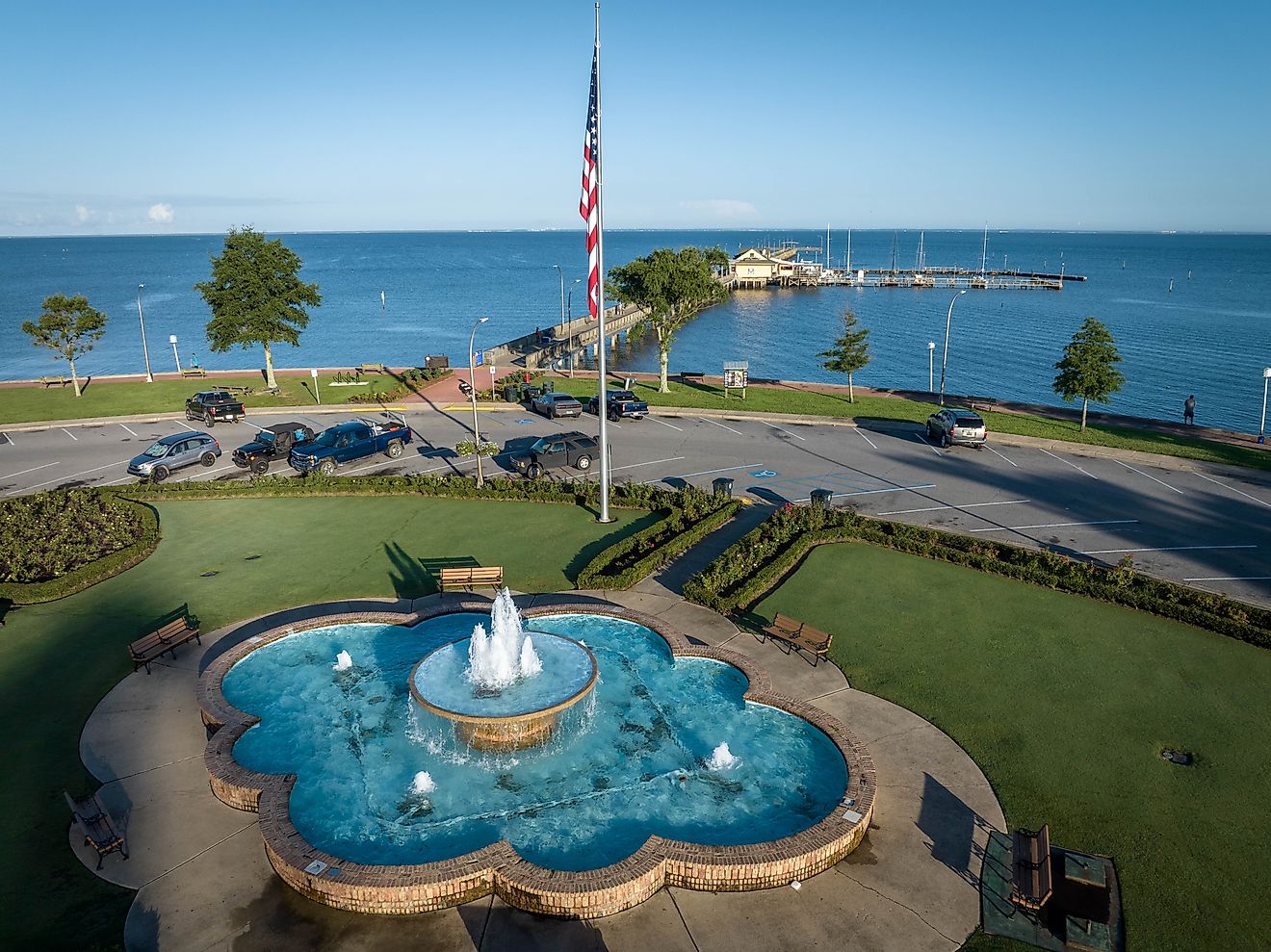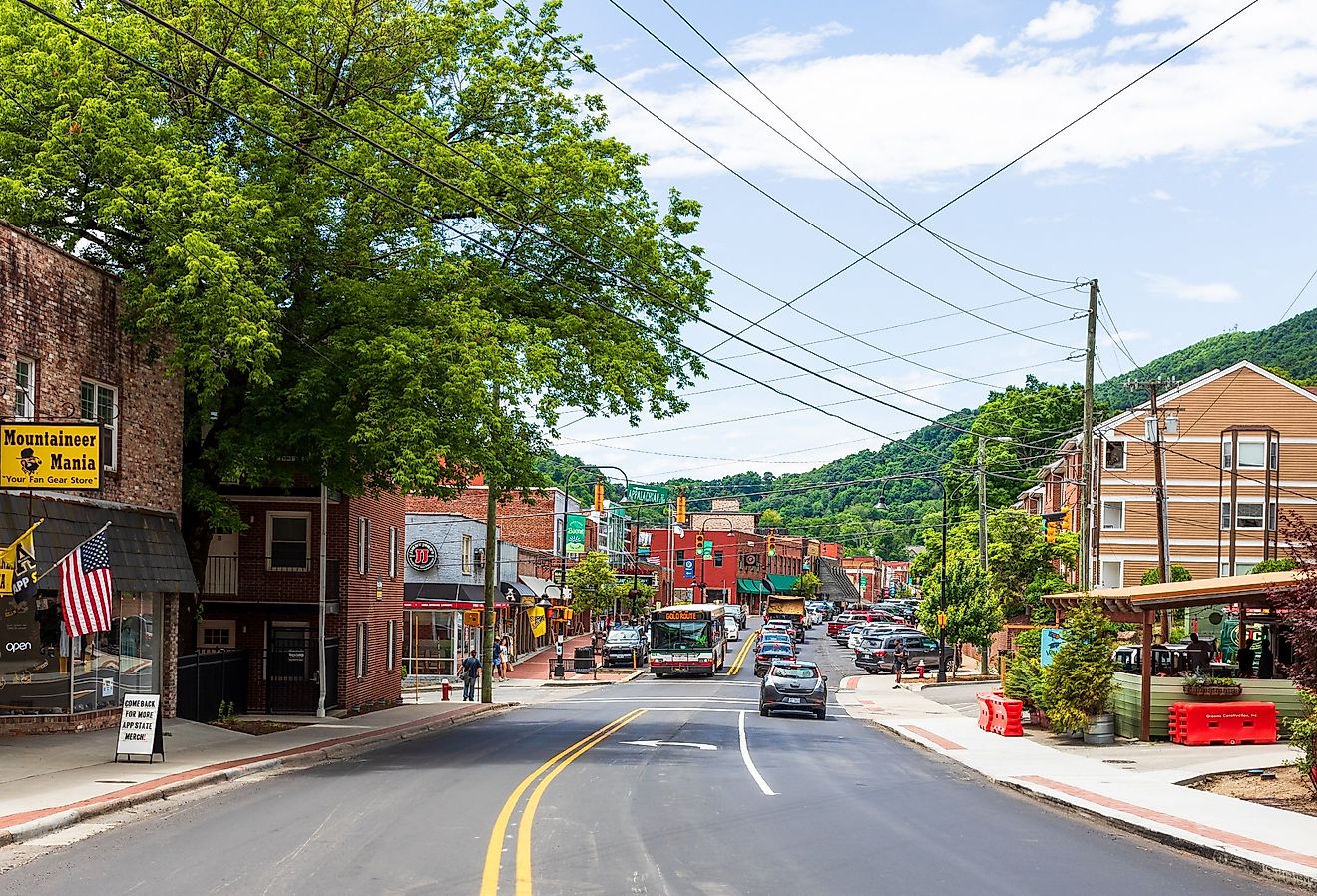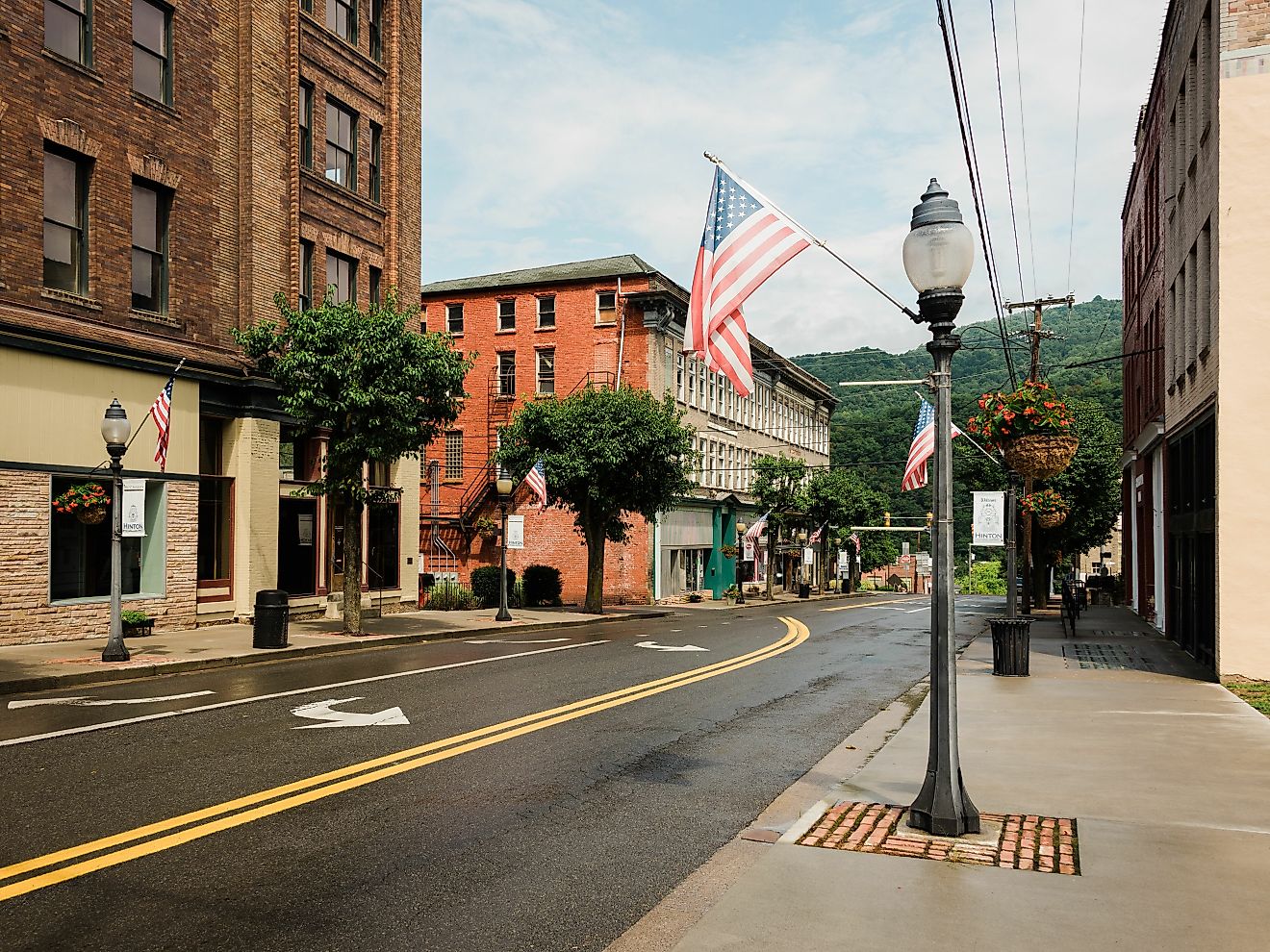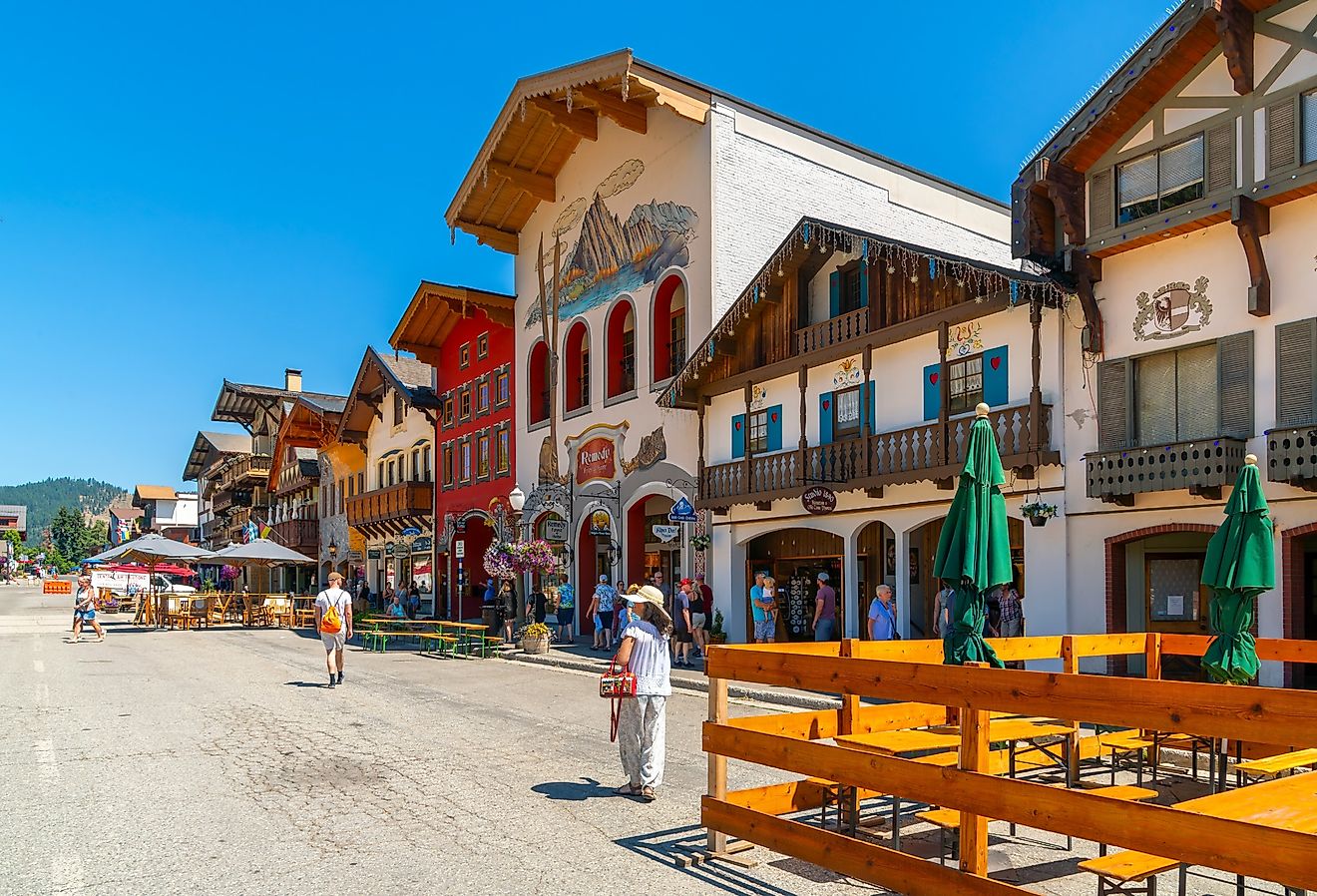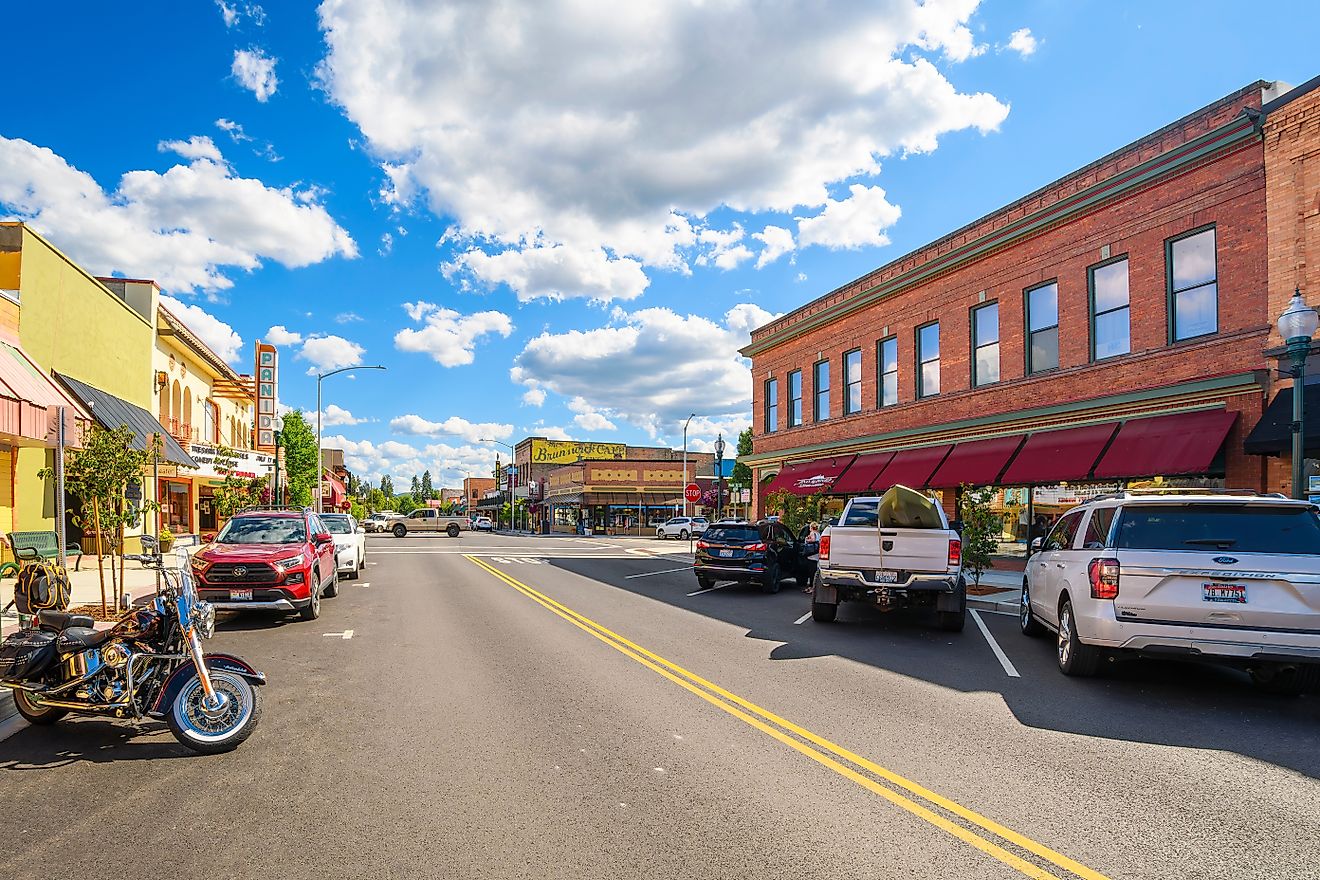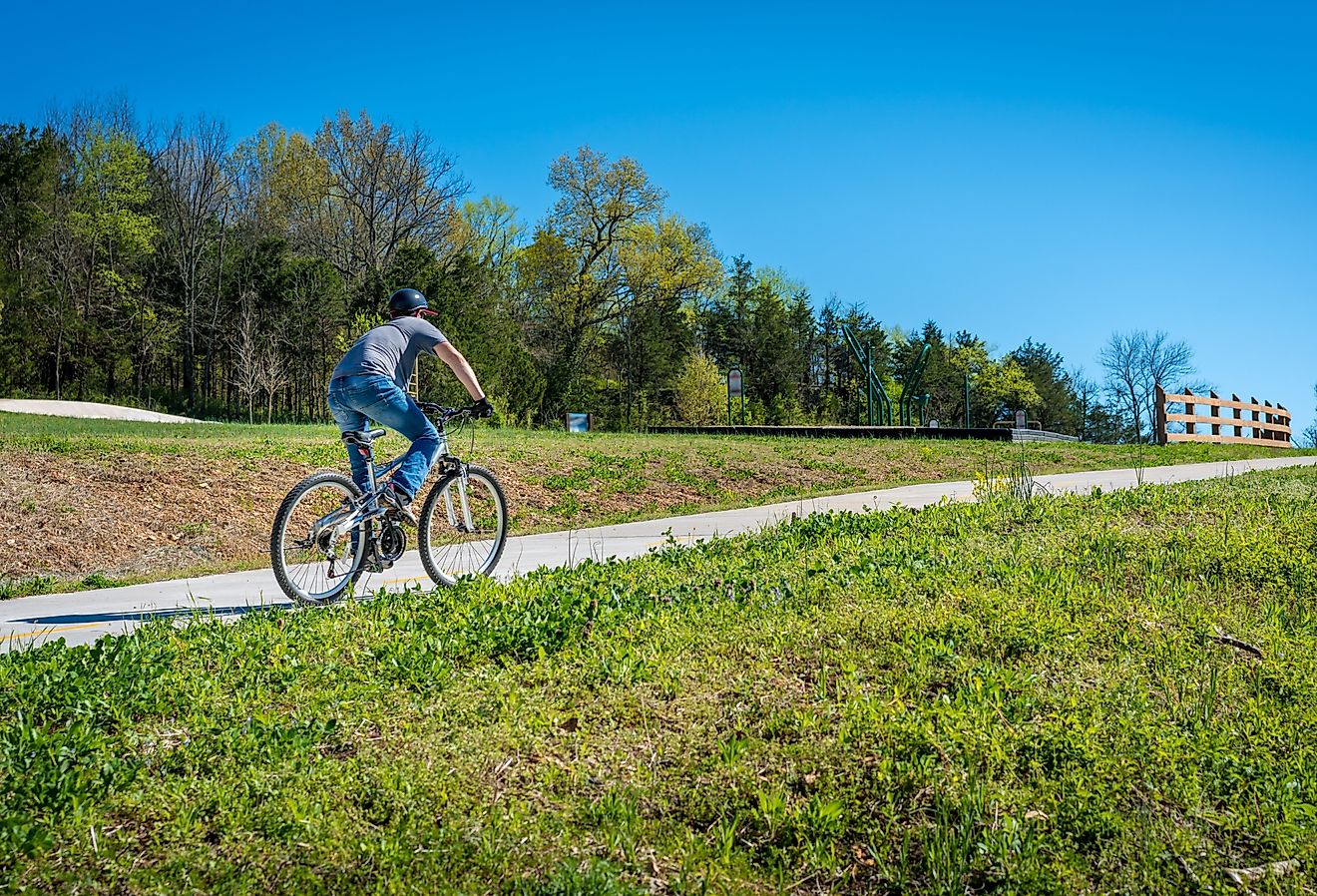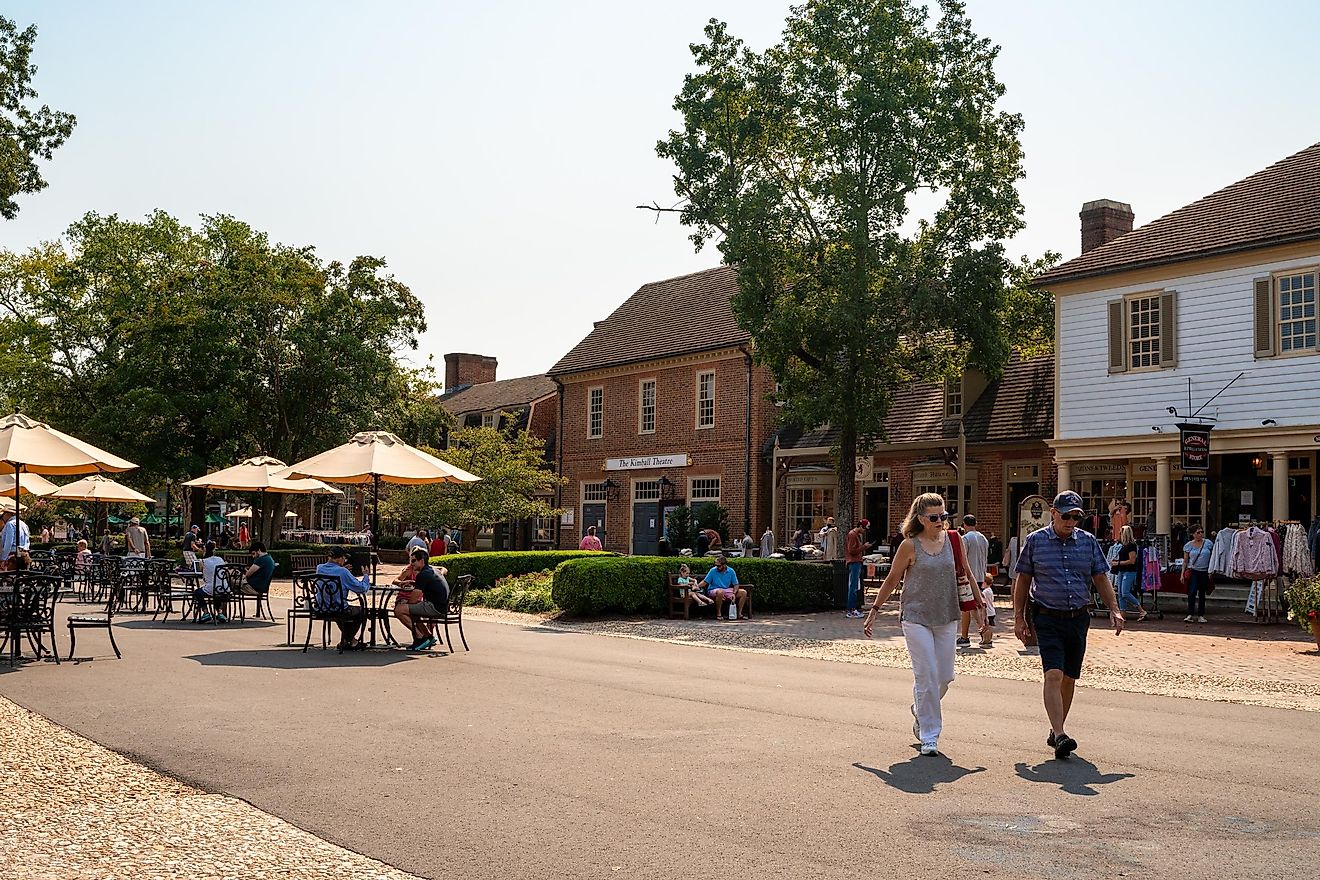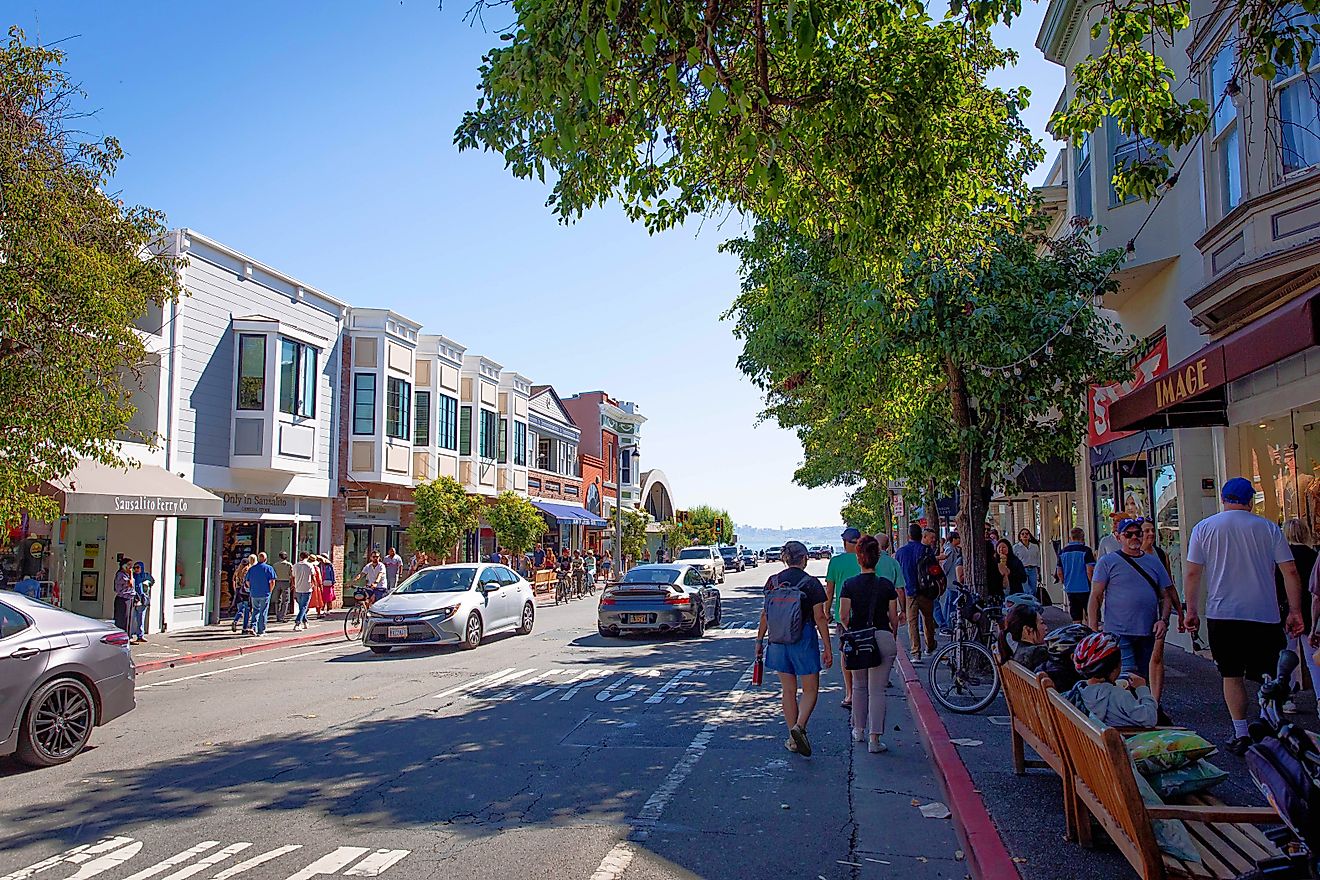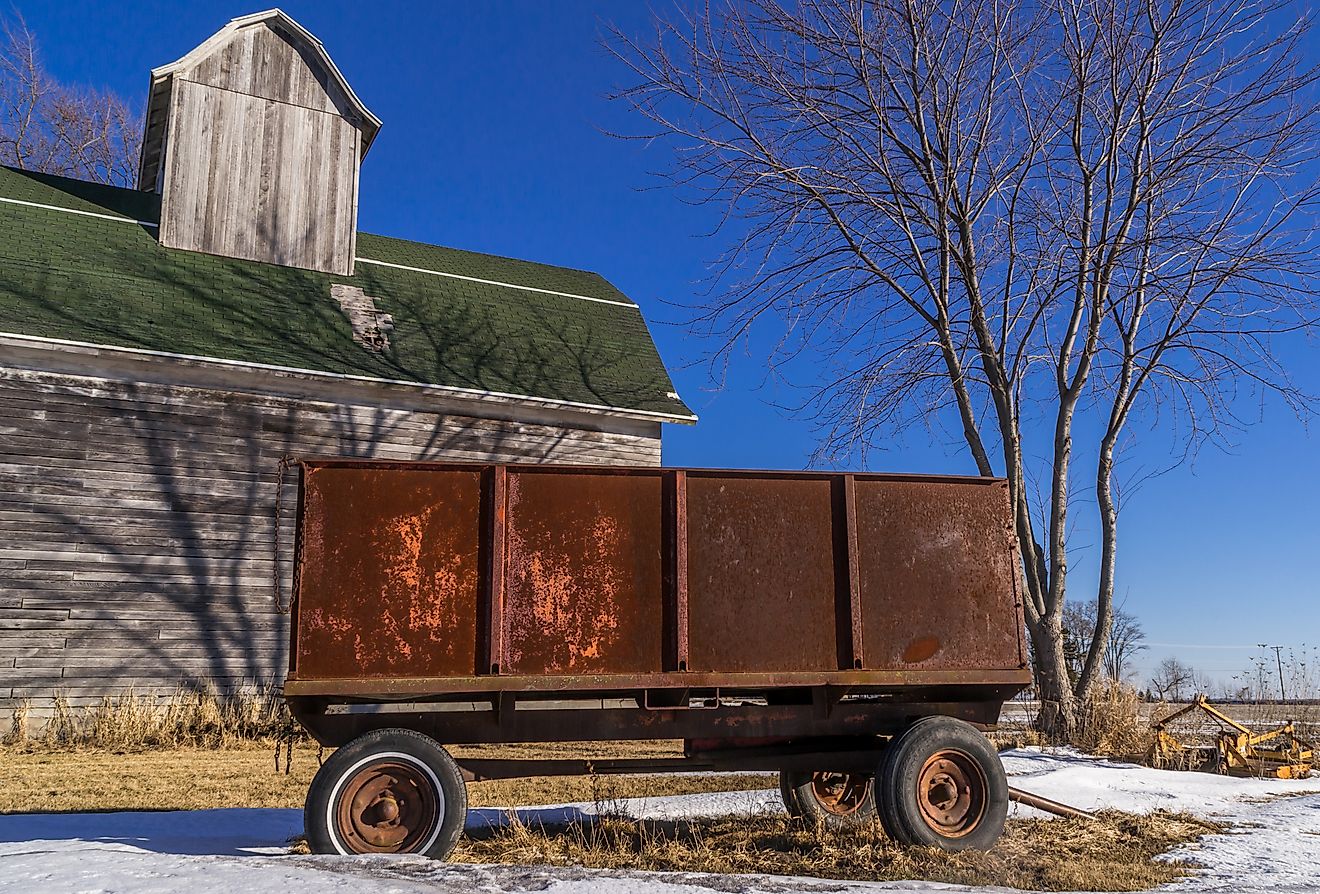
Fort Walton Beach, Florida
Fort Walton Beach is a city situated in the southern part of Okaloosa County in the Florida Panhandle in the northwestern part of the U.S. State of Florida. Located on the Emerald Coast, Fort Walton Beach serves as the main city of the "Fort Walton Beach-Crestview-Destin Metropolitan Statistical Area." The city is a well-known tourist destination and year-round fishing and seaside community. The city's busiest time is during the summer season when thousands of tourists visit the area, boosting the region's local economy.
Geography Of Fort Walton Beach

Fort Walton Beach covers a total area of 21.3 sq. km, of which 19.3 sq. km is covered by land, and only 2 sq. km is covered by water. The city is situated at the western edge of the Choctawhatchee Bay, on the Santa Rosa Sound that is in turn separated from the Gulf of Mexico by the Santa Rosa Island. The U.S. Route 98 highway that passes through downtown Fort Walton Beach leads about 14km eastwards to Destin and 66km westwards to Pensacola. The four-lane Brooks Bridge carries the U.S. Route 97 highway over Santa Rosa Sound, connecting Okaloosa Island with downtown Fort Walton Beach. The State Road 85 highway leads 43km northwards to the city of Crestview. The adjacent Destin-Fort Walton Beach Airport serves the City of Fort Walton Beach.
Climate
According to the Köppen climate classification, Fort Walton Beach experiences a humid subtropical climate, with very hot and humid summers and short and mild winters. The summer season lasts from late May to mid-September, where July is the hottest month with a high temperature of 31.1°C and a low temperature of 24.4°C. The city enjoys the warm and pleasant autumn season from mid-September to early December. The mild winter season lasts from mid-December to late February, where January is the coldest month with an average low temperature of 7.2°C and a high temperature of 16.1°C. The warm spring season sets in the city from late February to late May. Fort Walton Beach receives an average annual rainfall of 55.35 inches. However, freezing rain and snowfall are pretty rare in Fort Walton Beach.
The Population And Economy Of Fort Walton Beach

As of 2019, Fort Walton Beach is home to a population of 22,084 inhabitants with a median age of 41.7. The city's population has increased from the previous census, which showed that the city was home to 19,507 inhabitants. About 8.92% of the residents of Fort Walton Beach were born outside the United States. The most common hometown of the state's foreign-born residents as of 2019 is Cuba, followed by Haiti and Colombia. The largest ethnic groups in Fort Walton Beach include the non-Hispanic White representing 69.5% of the city's population, African Americans at 11.2%, White at 6.25%, two and more races at 4.6%, and Asians at 4.45%. All households in Fort Walton Beach speak English as their primary language, and 95.7% of the city's residents are American citizens.
In 2019, the median household income in Fort Walton Beach was $54,330, and the median property value was $185,900. The majority of Fort Walton Beach residents drove alone to work, and the average car ownership in the city was two cars per household. The economy of Fort Walton Beach employs 10,600 people in high-paying industries such as Accommodation and Food Services, Health Care & Social Assistance, and Retail Trade. The largest universities in Fort Walton Beach include the Okaloosa Technical College, Troy State University, and the University of West Florida.
Tourist Attractions In Fort Walton Beach

The Indian Temple Mound Museum
The Fort Walton Mound is a famous archaeological site in Fort Walton Beach. It is believed that the large platform mound was built by people belonging to the Pensacola culture around 850CE. In 1964, the mound was designated a National Historic Landmark due to its immense significance. The Fort Walton Mound is protected as a part of the Fort Walton Beach Heritage Park & Cultural Center, which includes several museums in the region. Of these, the Indian Temple Mound Museum displays more than 1,000 pre-Columbian artifacts and a variety of exhibits belonging to the Native Americans, European explorers, and the region's early settlers.
Air Force Armament Museum
Located close to the Eglin Air Force Base, the Air Force Armament Museum exhibits a variety of planes, guns, rockets, bombs, and missiles used by the United States Airforce in World War II and subsequent other wars. Some of the unique weapons displayed in the museum include the Advanced Medium-Range Air-to-Air Missile, the GBU-43 Massive Ordnance Air Blast Bomb, GBU-28 bunker-buster, AGM-28 Hound Dog, etc.
Emerald Coast Science Center
The Emerald Coast Science Center is a hands-on science center established in 1989 at Fort Walton Beach. The center's main objective is to inspire a life-long interest in children about science and to have fun learning the scientific developments. There are many interactive exhibits in the science center, which organizes several educational programs, workshops, and field trips for children.
Gulfarium Marine Adventure Park
Located in Fort Walton Beach, the Gulfarium Marine Adventure Park is a famous tourist attraction dedicated to educating, entertaining, and inspiring visitors about the need to respect and preserve marine life. The Adventure Park helps connect people of all ages with marine life by providing unique and memorable experiences through their encounters with wildlife such as loggerhead turtles, juvenile alligators, bottlenose dolphins, seals, etc.
Brief History Of Fort Walton Beach
It is believed that the present-day Fort Walton Beach area was settled by the people belonging to Fort Walton Culture from 1100 to 1550CE. The first Europeans to land in the area were the expedition members led by the Spanish explorer Alvar Nunez Cabeza de Vaca. The first two permanent settlers were John Anderson and Andrew Alvarez, who received land plots in 1838. During the Seminole Wars, a fort was established and named after Colonel George Walton, who served as a territorial secretary of West Florida and east-West Florida. When a Confederate camp was organized here during the American Civil War, the area came to be known as "Camp Walton." After the war, settler John Thomas Brooks purchased several plots of land, and the settlement came to be known as "Brooks Landing." In due course, the settlement grew as a resort and yachting center. In 1937, a municipality named Fort Walton was created, which was reincorporated as a town in 1941. On June 15, 1953, by approval of the State Legislature, the community was rechristened as the "City of Fort Walton Beach."
